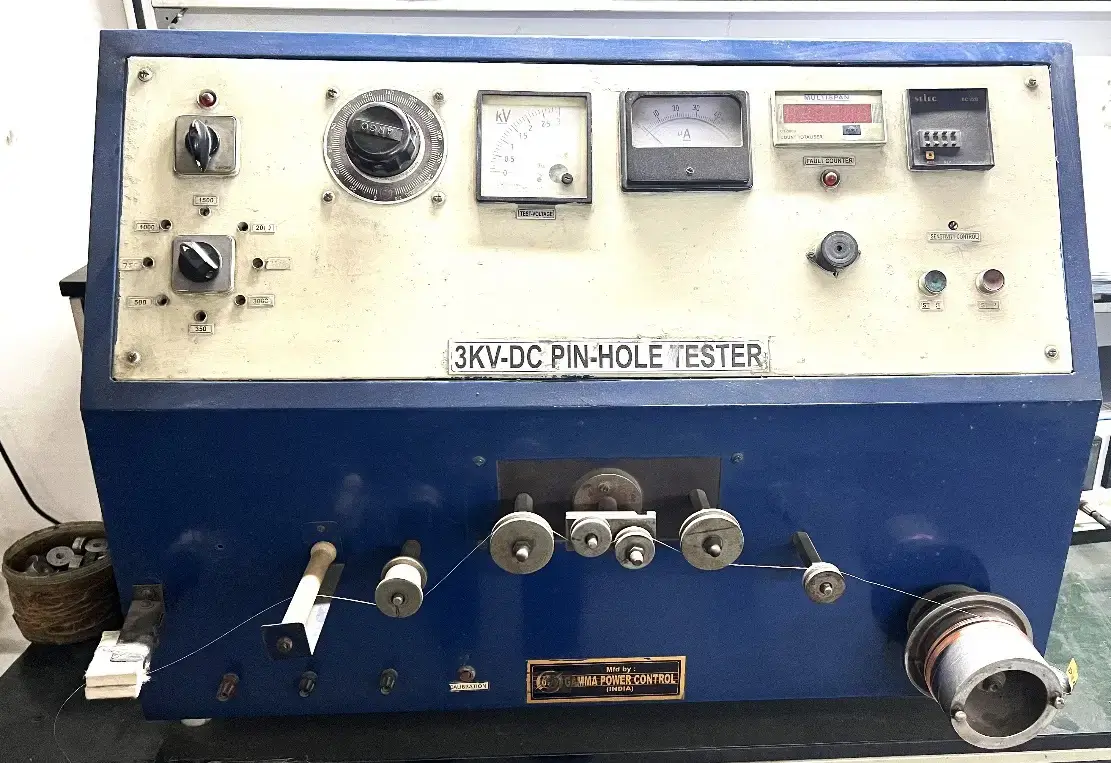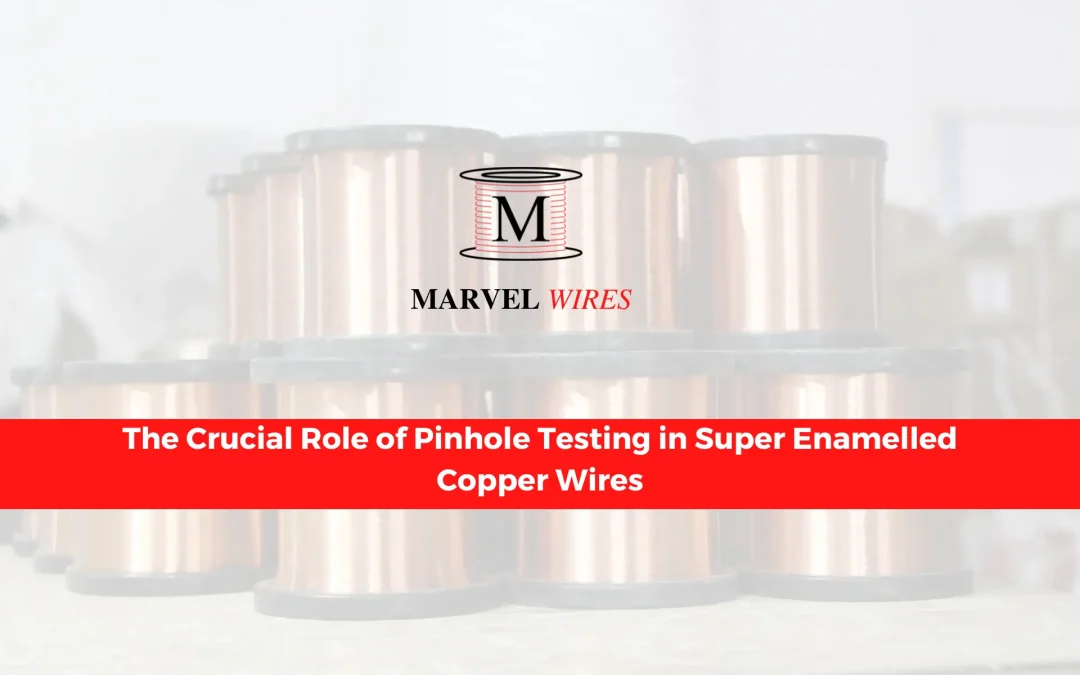The Crucial Role of Pinhole Testing in Super Enamelled Copper Wires
Introduction:
In the realm of electrical engineering, super enamelled copper wires play a pivotal role. These wires, known for their exceptional conductivity and insulation properties, are widely utilized in various industries, ranging from electronics to automotive. However, ensuring the integrity and reliability of these wires is crucial for their optimal performance. One significant aspect of quality assurance in super enamelled copper wires is pinhole testing. In this blog post, we delve into the importance of pinhole testing and its relevance in maintaining the quality standards of enamelled copper wires.
Understanding Super Enamelled Copper Wires:
Super enamelled copper wires are engineered to possess superior electrical conductivity and thermal stability while maintaining excellent insulation properties. These wires are typically composed of a copper core coated with a thin layer of enamel insulation. The enamel coating is essential for protecting the copper core from environmental factors such as moisture, heat, and abrasion, thus ensuring the longevity and reliability of the wire.
Importance of Pinhole Testing:
Pinhole testing serves as a critical quality control measure in the manufacturing process of super enamelled copper wires. Pinholes are tiny defects or breaches in the enamel insulation layer, which can compromise the wire’s insulation integrity and expose the copper core to potential damage. Detecting and eliminating pinholes is essential to prevent electrical short circuits, insulation breakdown, and other operational failures in electrical systems.
The chemical reaction 2Cu + H2O = 2CuO + 2H2↑, depicts the reaction between copper (Cu) and water (H₂O) to form copper oxide (CuO) and hydrogen gas (H₂). Pinhole testing relies on the detection of hydrogen gas produced as a result of the reaction between copper and water. When a pinhole or defect in the enamel insulation exposes the copper core to moisture, the reaction between copper and water occurs at the site of the defect. Hydrogen gas is generated at the location of the pinhole and forms bubbles that can be visually observed or detected using specialized equipment. The presence of hydrogen gas bubbles indicates the presence of a pinhole or defect in the enamel insulation layer, allowing operators to identify and locate areas of weakness in the wire.

Ensuring Electrical Safety:
Pinhole testing plays a pivotal role in upholding electrical safety standards. Any pinholes present in the enamel insulation can lead to leakage currents and short circuits, posing hazards such as electrical fires or equipment malfunctions. By meticulously inspecting and identifying pinholes through testing, manufacturers can mitigate these risks and ensure that the wires meet stringent safety regulations.
Maintaining Insulation Integrity:
The enamel insulation layer of super enamelled copper wires acts as a barrier against external elements and prevents electrical leakage. Pinhole testing helps maintain the integrity of this insulation layer by identifying and repairing any imperfections before the wires are deployed in electrical applications. By ensuring a defect-free insulation coating, pinhole testing enhances the overall performance and reliability of the wires, even in demanding operating conditions.
Enhancing Product Quality:
In the competitive market landscape, product quality is paramount for gaining customer trust and satisfaction. Pinhole testing allows manufacturers to uphold high-quality standards by eliminating any potential flaws in the enamelled copper wires. By delivering wires that undergo rigorous quality assurance processes, manufacturers can establish themselves as reliable suppliers in the industry and instil confidence in their products among consumers.
Preventing Costly Failures:
Electrical failures due to insulation defects can result in costly downtime, equipment damage, and safety hazards. Pinhole testing serves as a proactive measure to prevent such failures by identifying and rectifying any weaknesses in the wire insulation early in the manufacturing process. By addressing potential issues before the wires are deployed, manufacturers can avoid costly recalls, warranty claims, and reputation damage associated with substandard products.
Meeting Industry Standards:
Various regulatory bodies and industry standards govern the quality and performance requirements for enamelled copper wires used in different applications. Pinhole testing aligns with these standards by ensuring that the wires meet or exceed the specified insulation integrity criteria. Compliance with industry standards not only demonstrates the manufacturer’s commitment to quality but also facilitates market acceptance and regulatory approval of their products.
Conclusion:
We at Marvel Wires have established internal standards that surpass the mandate by our clients, and we continuously strive to elevate these benchmarks. Our objective is to advance product quality by consistently enhancing our manufacturing processes. Through the implementation of a robust quality control system and ongoing comprehensive analyses and evaluations, we aim to achieve this goal. Additionally, our procedures incorporate state-of-the-art inline diameter and pinhole measurement systems for meticulous product quality monitoring. Pinhole testing stands as a cornerstone in the production of super enamelled copper wires, safeguarding electrical systems against potential hazards and ensuring reliable performance. By meticulously inspecting the insulation layer for defects, manufacturers can uphold the highest standards of quality, safety, and reliability in their products. As the demand for efficient and durable electrical solutions continues to grow, pinhole testing remains indispensable in meeting the evolving needs of various industries and maintaining the integrity of electrical infrastructure worldwide. For more details, visit www.marvelwires.co.in

